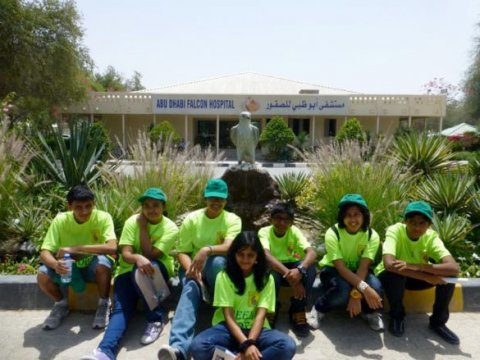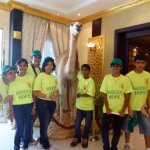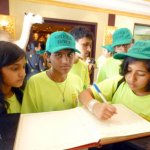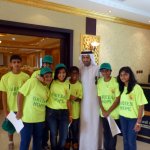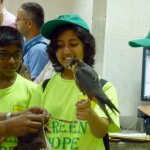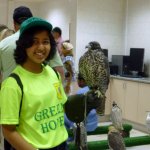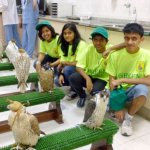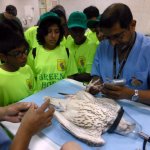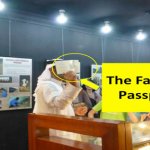A Visit to the Falcon Hospital in UAE - An Example of Biodiversity Conservation
Our earth’s biodiversity is threatened as species are becoming extinct at an alarming rate. In the past century, the rate of species extinction has increased a hundred-fold and all efforts must be made to stop this. There are several positive examples of biodiversity conservation from which one can learn and emulate. The Abu Dhabi Falcon Hospital is one such shining example.

Falcons are majestic birds of prey and have a very special significance in the UAE as they are the national bird and one of the national symbols. In some other countries, this majestic bird has appeared on the IUCN list of endangered species due to various human-induced factors, primary of which is habitat destruction.
 The Abu Dhabi Falcon Hospital is the largest falcon hospital in the world and, since its inception in 1999, has treated over 55,000 falcons, which has been significant in keeping the species safe and thriving.
Green Hope UAE is a youth organization that is working to carry forward the Rio+20 goals and objectives of sustainable development by empowering and spreading awareness among youth and children. As part of an awareness drive about biodiversity, we were given the opportunity to take a guided tour of Falcon Hospital. It was an amazing learning journey for all of us. We were guided through the nesting zones, the clinics, the ICU as well as given a detailed tour of how the hospital provides world-class facilities for the falcons. Having the falcons perch on our hands was a spine tingling experience. We were shown three kinds of falcons: the Saker, Siberian and Perigreen species. The Perigreen falcon is the smallest of the three and is reputed to be the fastest bird at times. The Siberian falcon, with its snow-white plumage, is truly magnificent and can cost more than USD100, 000. 
The veterinarians at the hospital allowed us to witness how they took care of the falcons. The procedure starts with tranquilizing the bird with the help of a hood through which the anesthetic gas flows. Once the gas takes effect, the veterinarians file the falcon's talons and beak, clean its tongue and check its body and plumage for any damage or infections. The care and expertise demonstrated by the veterinarians was truly remarkable and a lesson for us who were there to witness it. Some of these magnificent falcons also have their own passports that were shown to us by the tour guide.

In conclusion, this visit was a lesson on how biodiversity conservation can work effectively and successfully.





